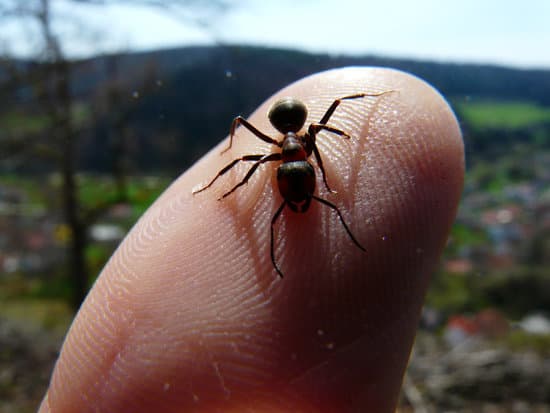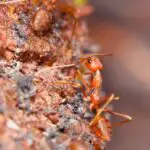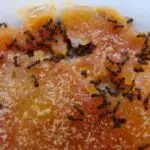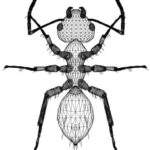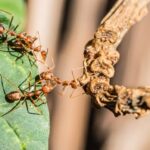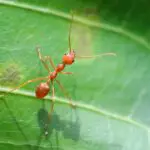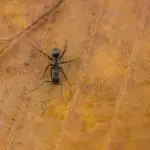Which Ants Have Super Colonies?
Among the many species of insects in the world, ants form the largest supercolonies. These are large aggregations of nests that are unconstrained in their growth. They are usually small and isolated, but there are a few species that are capable of creating huge supercolonies in their native habitat.
Supercolonies are often considered to be maladaptive and unsustainable in the long run. In the past, the term has been used to describe species that evade natural selection and spread aggressively. But now researchers are trying to understand the persistence of supercolonies. The results of their research are in the current issue of the Proceedings of the National Academy of Sciences.
Supercolonies are the product of constant movement between nests. This can be accomplished through chemical signals that ants send to each other. They can also be caused by multiple introductions into a single area. In some cases, the ants have formed supercolonies in such a small area that they are impossible to detect.
The first supercolony was discovered on the island of Madeira. It was followed by many others that descended from the original colony. These included recent colonizations in Japan and New Zealand.
In the United States, Argentine ants have created supercolonies in the Los Angeles area and San Francisco. These ants have spread in the area without limit, but scientists aren’t certain of their future survival.
In the future, supercolonies may prove to be important in the fight against pests. If we can understand how they work, we might be able to control them better.
